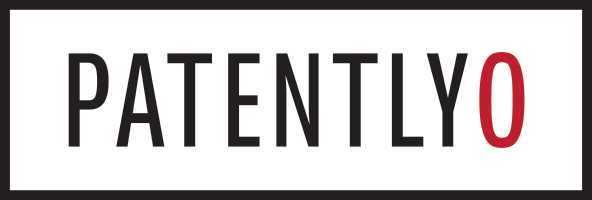
"In Alexander Milburn Co. v. Davis-Bournonville Co., the Supreme Court determined that all disclosures in an issued patent serve as prior art against later filed patents from the earlier patent's filing date."
"The case established the doctrine of 'springing prior art,' which arose from a dispute over welding and cutting torch technology involving patents by John Whitford and Clifford."
"Justice Holmes explained that allowing Whitford to profit from the delay of the Patent Office would undermine the core requirement that the patentee must be the 'first inventor.'"
"The Milburn doctrine, established nearly a century ago, continues to significantly influence modern patent prosecution and litigation strategies."
The Supreme Court case Alexander Milburn Co. v. Davis-Bournonville Co. set a vital precedent in patent law with the establishment of the 'springing prior art' doctrine. Any disclosures in issued patents, whether claimed or unclaimed, serve as prior art effective from the earlier patent's filing date. This decision stemmed from a patent dispute over welding and cutting torches. The ruling emphasized the importance of the first inventor principle, highlighting the ongoing influence of the Milburn doctrine on current patent practices.
Read at Patently-O
Unable to calculate read time
Collection
[
|
...
]